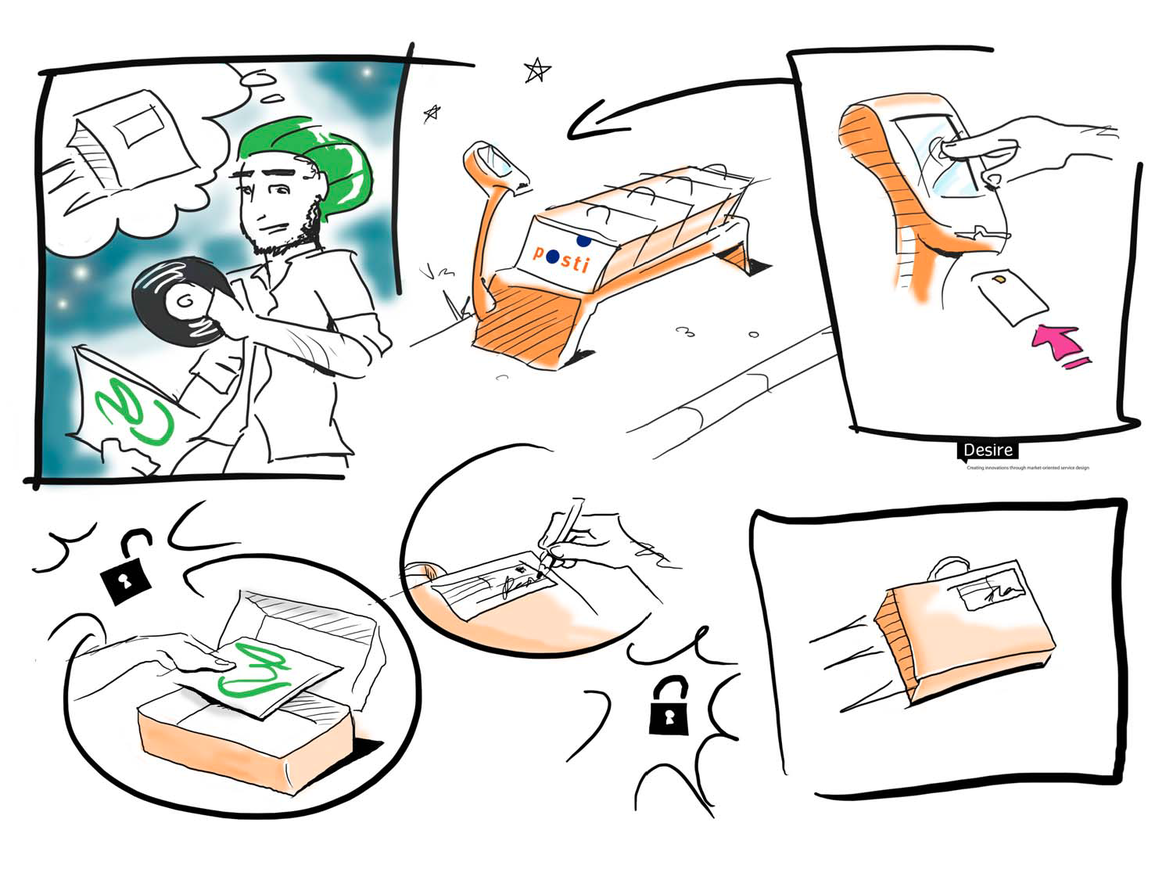Desire project examined how market-oriented service design renews the service innovation in companies. The study focused on the early stages of the innovation process: understanding the users and user contexts, generating ideas, concepts and their evaluation. In particular, the study focused on understanding users and the user context, as well as the use of design in the concretization and refining of service ideas.
Service design supports customer-oriented and holistic service development
According to the research service design and ethnographic methods gave added value and a new vision to the companies. Service Design confronted the partner companies to evaluate the company and the customer encounters a new way. The service path modeling in a user-focused way enabled the detailed development of the customer encounters. The modeling of the already existing service path was useful for the companies because it can act as a discussion forum of different partners responsible of the service chain. Visual service descriptions, the user scenarios and concepts open on equal terms to representatives of the various professional sectors and thus create good conditions to discuss and evaluate them together. Service design also challenged the existing decision-making culture and called for the courage to reform services.

Consumers to generate service ideas
Today's marketing and in particular the development of innovative service concepts consumers need to be activated. Not because user-centeredness alone, but because customers can be a great source of new ideas. In understanding consumer behavior it is advisable to go deeper than using regular customer surveys so that the company's resources and services would be analyzed through customer value processes.
Four companies were involved in the project: Itella Corporation, the Bank of Åland, SOL Services Ltd and VLP Ltd (Anvia).
